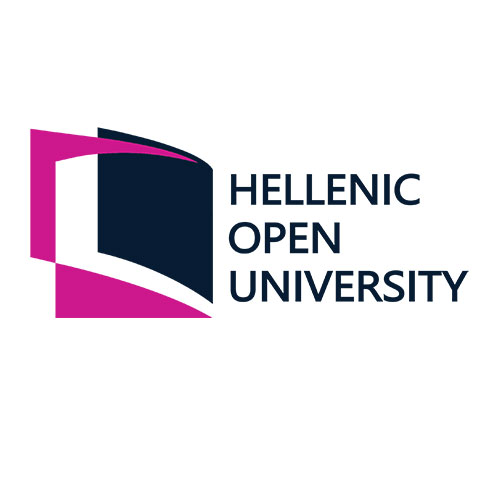Inventario e classificazione degli indicatori di Inclusione
Un Indice di Inclusione per le Università
In questo pacchetto di lavoro (WP1), i partner approfondiranno la comprensione dei casi studio/best practice già individuati nel corso della preparazione della proposta progettuale e attraverso una preliminare analisi dei bisogni legati ai processi di inclusione nelle università.
I partner identificheranno, all’interno di tali casi studio e best practice, delle esigenze specifiche (già individuate e presentate nelle sezioni narrative precedenti) dei gruppi target, diversificandone e personalizzandone i bisogni:
1. Studenti, con particolare attenzione alle dinamiche di inclusione legate al genere e all'orientamento sessuale (es. donne cisgender e coorti LGBT+);
2. Personale docente
3. Personale amministrativo
Questo WP permetterà ai partner di affinare la struttura dell'Indice di inclusione XENIA, individuando le aree tematiche (Aspetti istituzionali, Politiche e Programmi, Curricula, Servizi di supporto, Vita accademica) che riflettono le dimensioni di inclusione ravvisabili nel contesto universitario. Una volta confermate le aree tematiche, i partner individueranno e svilupperanno, per ogni area tematica, gli indicatori che consentono di misurare l’inclusione a livello istituzionale. I partner partiranno dagli indicatori già individuati e ne svilupperanno di nuovi per garantire che l'indice XENIA sia in grado di catturare l'intero insieme di dinamiche e dimensioni di inclusività dell’istituzione universitaria.
Il risultato finale del WP1 sarà l'insieme di aree tematiche con i relativi indicatori, che confluiranno nel WP2 per lo sviluppo dell'indice.
ABSTRACT
The XENIA Project is a 36 month project funded by the Erasmus+ Programme of the European Union involving a consortium of 7 partners from 5 European countries (Ireland, Italy, Greece, Slovenia and Spain). The project aim is to develop and implement an inclusiveness index to support equality, diversity and inclusion in European Higher Education Institutions (HEIs). Specifically, the index will measure the actual level of social and educational inclusion of sexual minority and gender marginalised students and staff. The project will also share practices and tools for promoting and improving equality, diversity and inclusion (EDI).
Work Package 1 (WP1) was the first phase of the XENIA project which included 4 key activities generating 2 deliverables with multiple outputs. The primary aim of WP1 was to lay a robust foundation for the XENIA HE Inclusiveness Index by developing a Common Research Methodology which guided the work and contributions of all XENIA partners in WP1, and through which a rich evidence base could be harnessed. The key activities underpinning this common research methodology were: the identification and classification of HEIs into 5 relevant and appropriate thematic areas; the development of 64 indicators that signify inclusion of gender diverse and LGBTQ+ students and staff, categorised into subsections under one of the thematic areas; and the development of tools and resources for promoting inclusion across HEIs.
This report describes in detail each step in the development of WP1 by the consortium from January to July 2020. Every output, tool, resource and supporting document created and/or used over the course of WP1 is made available in the report.






